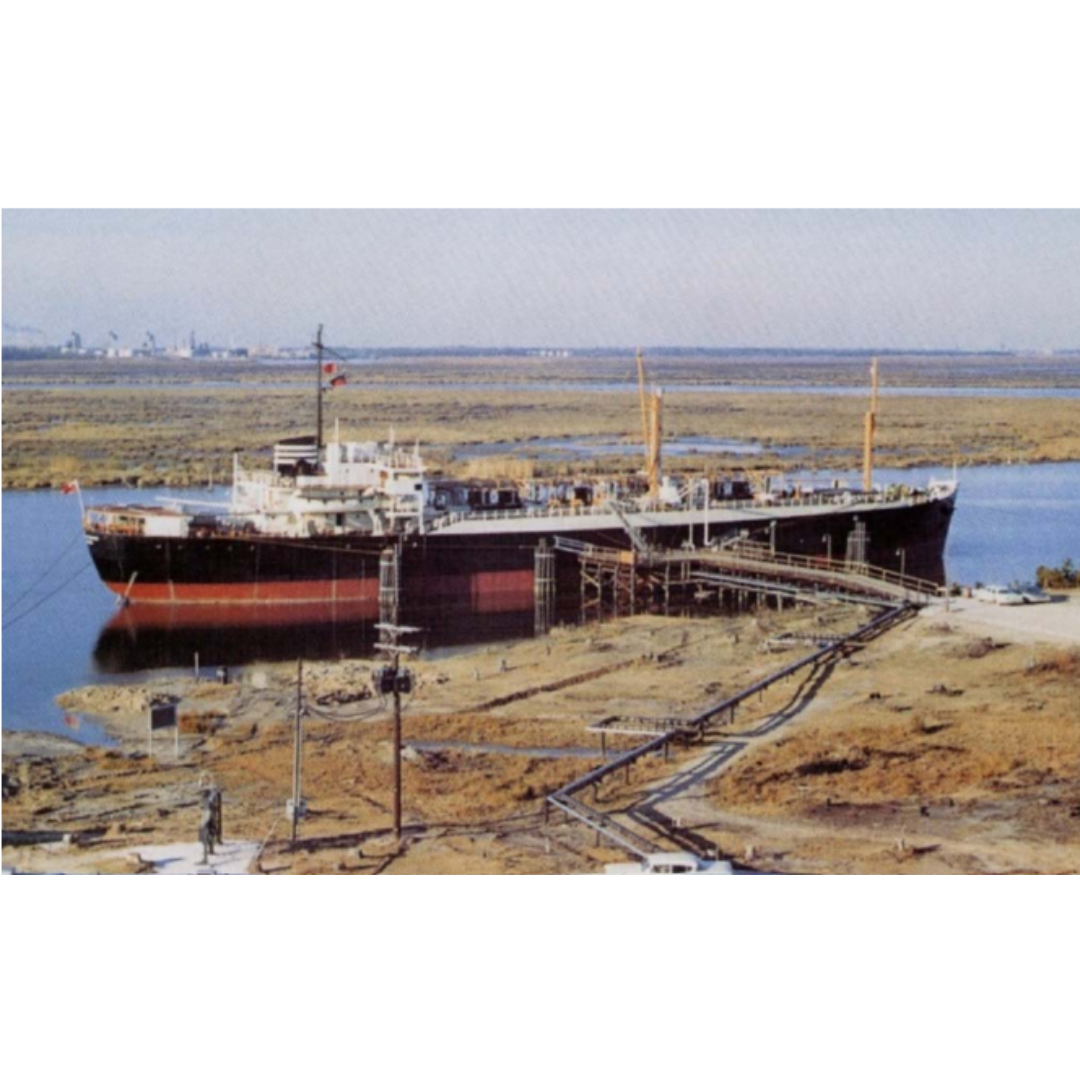
2019 Subsurface E-Book Download
August 1, 2019
|
Tip of the Month
We are excited to announce the release of our complimentary Subsurface Tips of the Month E-Book - download your copy today!
View Article

2019 Facilities E-Book Download
We are excited to announce the release of our complimentary E-Book - download your copy today!
View Article

A Primer on LNG - What is it, Where does it fit, and The New Kid on the Block
The fabrication of a U. S. Government Cargo Ship named the Marlene Hitch, delivered during July 1945 in Duluth MN, unknowingly issued in the groundwork for the world-changing commercial activities of exporting Liquefied Natural GAS (LNG) as a viable energy source. The vessel later renamed the Methane Pioneer, shown in Figure 1, was refitted for LNG...
View Article

Impact of Temperature Approach of the Heat Exchangers on the CAPEX and OPEX of a Mechanical Refrigeration Plant with MEG Injection
This Tip of the Month investigates the impact of the TA on the performance of a mechanical refrigeration plant with mono-ethylene glycol (EG or MEG) injection for hydrocarbon dew point (HCDP) control. Specifically, how the TA impacts the gas-gas heat exchanger, chiller duties and the operation of the mechanical refrigeration system.
View Article

Geostatistical Approaches to Prospect Risk
This Subsurface Tip of the Month discusses geostatistical approaches for determining the probability of oil and gas in a prospect.
View Article

A Short Cut Method for Evaluating Molecular Sieve Performance
This Tip of the Month shows how a Short Cut Method (SCM), after one Performance Test Run (PTR), may be used to estimate the life of a Type 4A molecular sieve dehydrating a water-saturated feed of natural gas.
View Article







